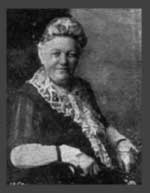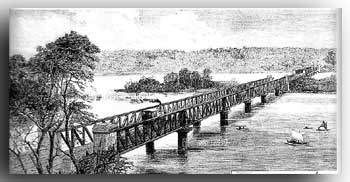'Sudu
Amma' starts a school for Buddhist girls
 |
| Sudu Amma - Marie Musaeus Higgins |
In the midst the great religious and cultural
revival in Sri Lanka, during the last decade of the 19th century,
a Buddhist girls' school was opened on November 15, 1893.
It was Musaeus College, named after co-founder Marie Musaeus
Higgins (1855- 1926), a German-born American Buddhist who
came to Ceylon exactly two years earlier, on November 15,
1891. As its first Principal, she served the school for a
long period.
Philanthropists William de Abrew along with
his son Peter took the initiative in establishing this school
for girls when several other Buddhist schools were being opened
under the leadership of Colonel Olcott.
The school had a very humble beginning being
nothing more than a wattle and daub hut on a half acre plot
of land donated by the de Abrews in Rosmead Place. The school
progressed steadily with the support of the philanthropist
and periodic donations of his land by son Peter. A Trust was
formed in 1896 with Peter de Abrew as Managing Trustee and
Colonel Olcott, William Hack, Dr. William Austine and Mrs.
Higgins as members.
 |
| Authored by Mrs. Higgins in 1909 |
Marie Musaeus Higgins embraced Buddhism soon
after arriving in Ceylon and devoted the rest of her life
to the education of Buddhist girls. Hers was thus a yeoman
service at a time when educational opportunities for Buddhist
girls were virtually non-existent. She also wrote books on
Buddhist themes mainly aimed at children. Her book on Poya
Days describes the significance of each Poya day. 'Stories
from the History of Ceylon,' traces the country's history
from the days of Rama up to Parakramabahu the Great. She also
authored a book of Jataka stories.
Affectionately called 'Sudu Amma' by her
pupils, she passed away on July 10, 1926 after 33 years of
dedicated service in the cause of Buddhist education in the
country.
|



